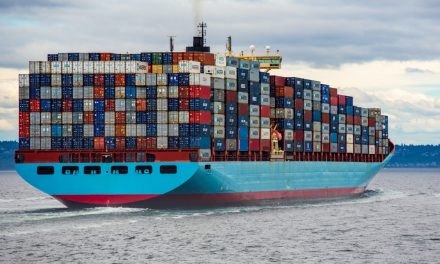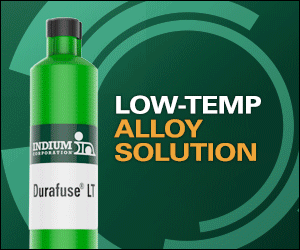REACH Declarations, Packaging Materials and Endangered Elements
Originally published on TTI’s MarketEye blog
Making Sure Supplier REACH Declarations are Full and Complete
My last column focused on how to improve component- and material-level RoHS compliance declarations or “certificates of compliance” (CofCs). Most OEMs also request compliance declarations for the EU REACH Regulation, (EC) 1907/2006.
REACH has three relevant aspects with which to declare compliance; two of these are important to all OEMs that place products on the EU market. These two important aspects are Annex XVII restricted substances and the Article 33-related disclosure of the presence of candidate list substances of very high concern (SVHCs).
The third aspect is the use of SVHCs listed in Annex XIV. These are SVHCs that require authorization by ECHA to be used by manufacturers within the EU; thus this is only relevant if the supplier has a manufacturing facility in the EU.
I continue to see plenty of REACH CofCs that make no statement regarding the restricted substances listed in Annex XVII. If you are going to state compliance with a regulation, then be sure your statement covers all relevant requirements.
I also often see REACH SVHC declarations that spend pages and pages re-stating every single SVHC substance. This, to me, is a waste of electrons and file storage space: we all know where the list is and the declaration can simply point to the list, if necessary. By the way, very soon suppliers will have to provide more detailed information regarding SVHCs so that data can be entered into ECHA’s SCIP database.
I rarely see references to Annex XIV. This is a generally acceptable omission: these days, most suppliers are not based in the EU and do not have manufacturing facilities located there. However, if a supplier is located in or has a manufacturing location in the EU, a customer’s inquiry to them should also include a request for a statement about whether they are authorized to use any Annex XIV substances. (This is a circumstance OEM customers should be aware of: understanding where supplier facilities are located is an important aspect of the supplier approval process because it informs political, geographic, geopolitical and regulatory risk assessments.)
These questions from customers may drive further discussion about the nature of Annex XIV substances used, and any plans suppliers may have for replacement or other alternatives.
Proposed Changes to Model Toxics in Packaging Legislatiom
As stated on the TPCH website:
The Toxics in Packaging Clearinghouse (TPCH) maintains the Model Toxics in Packaging Legislation and coordinates implementation of state legislation, based on the Model, on behalf of its member states, with the goal of promoting consistency across states. TPCH is a resource and single point of contact for companies seeking information on toxics in packaging requirements or an exemption.
Nine states in the USA are TPCH members, and ten more have legislation based on the TPCH model.
Fundamentally, the Model Toxics in Packaging Legislation restricts the presence of four heavy metals – lead (Pb), mercury (Hg), cadmium (Cd), and hexavalent chromium (Cr6+) – to under 100ppm by weight of each piece of packaging. These four heavy metals are the same ones defined in the EU Packaging Directive, 94/62/EC (current consolidated version is here), and are restricted to the same limits defined in that directive.











